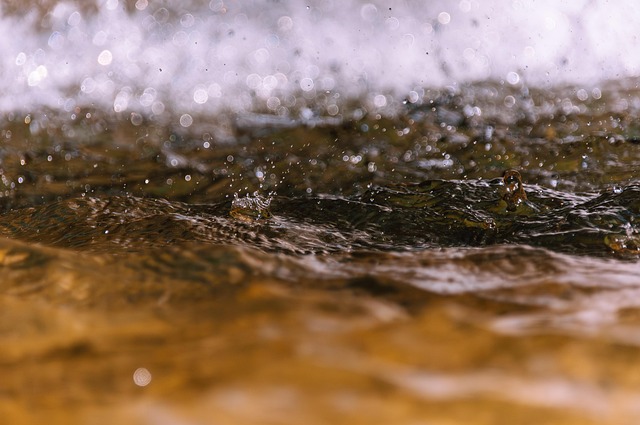San Antonio residents facing water-damaged drywall should turn off the main water valve, document with photos, and promptly contact professional restoration services for advanced moisture detection, specialized drying, and effective repair techniques. Initial containment involves sealing off affected areas and removing furniture to prevent mold growth and structural issues. Assessment, documentation, removal of loose material, cutting damaged drywall, installing moisture-resistant sheets, using a dehumidifier, patching holes, sanding, and painting are crucial steps in repairing water-damaged drywall for flood recovery.
Water mitigation containment and cleanup are critical steps for San Antonio residents dealing with water damage. Understanding the intricacies of water-damaged drywall is essential, as it’s a common and costly issue in our area’s homes. This article provides valuable insights into effective containment strategies and offers a step-by-step guide to repairing water-damaged drywall, empowering San Antonio residents with practical tips for mitigating and restoring their properties efficiently.
- Understanding Water Damage in San Antonio Homes
- Containment Strategies for Efficient Cleanup
- Restoring Water-Damaged Drywall: Step-by-Step Guide
Understanding Water Damage in San Antonio Homes

Water damage is a common concern for San Antonio residents, often resulting from heavy rainfall, flooding, or burst pipes. When water infiltrates homes, it can cause significant structural and cosmetic damage, particularly to drywall—a prevalent building material in many local residences. Prompt action is crucial to mitigate further harm; residents should begin by turning off the home’s water supply at the main valve and documenting the loss with photos.
San Antonio homeowners dealing with water-damaged drywall should consider professional restoration services for effective repair tips and comprehensive cleanup. These experts employ advanced techniques, such as moisture detection technology and specialized drying equipment, to ensure the affected areas are thoroughly dried and sanitized. By addressing water damage promptly and seeking professional assistance, residents can protect their homes, preserve valuable possessions, and minimize the disruption caused by this inconvenient yet common occurrence.
Containment Strategies for Efficient Cleanup

When dealing with water-damaged drywall in San Antonio homes, efficient containment strategies are key to a swift and effective cleanup process. The initial step involves containing the affected area to prevent further damage. This can be achieved by setting up barriers using plastic sheeting or heavy-duty tarps, ensuring all entry points and openings are sealed tightly. It’s crucial to move valuable furniture and belongings away from the damaged zone to minimize secondary damage caused by water seepage.
For San Antonio residents, knowing the right containment techniques is essential for effective drywall repair. By containing the water source, you reduce the risk of mold growth and structural issues. Additionally, it simplifies the cleanup process, allowing professionals to focus on drying and restoring the affected areas without complications. These strategies are vital steps in mitigating water damage, ensuring a smoother transition towards rebuilding and repairing water-damaged drywall.
Restoring Water-Damaged Drywall: Step-by-Step Guide

Restoring water-damaged drywall is a crucial step in any San Antonio flood recovery effort. Here’s a straightforward guide to help residents navigate this process effectively. Begin by assessing the extent of the damage, identifying any mold or mildew growth, and ensuring proper ventilation in the affected area. Next, remove loose material using tools like a screwdriver and vacuum cleaner. It’s essential to document the damage for insurance claims.
Once ready, carefully cut out the damaged drywall, taking note of studs and joists for replacement. Use a dehumidifier to dry out the space thoroughly before installing new sheets. For best results, consider using moisture-resistant drywall designed to prevent further water infiltration. Finally, patch any holes or cuts with a suitable compound, allowing it to dry completely. Sanding smoothens the surface, readying it for paint or other finishing touches. These water-damaged drywall repair tips can help San Antonio residents begin their restoration journey.
For San Antonio residents facing water-damaged drywall, understanding containment and cleanup strategies is crucial. By implementing effective containment measures, you can minimize further damage and create a safer environment. Following proven steps for restoration, such as our guide on repairing water-damaged drywall, ensures a thorough and efficient recovery process. Remember, prompt action and the right techniques are key to restoring your home to its pre-damage condition.
